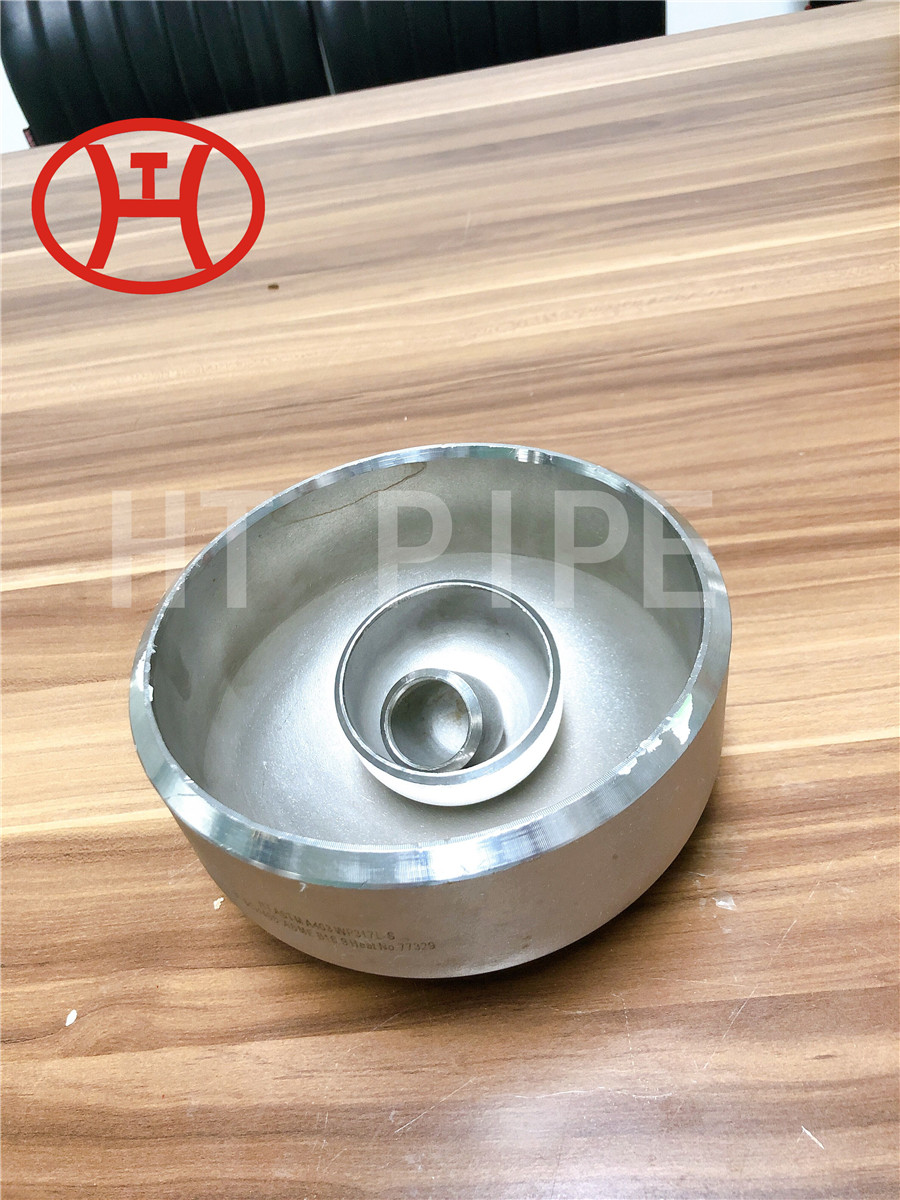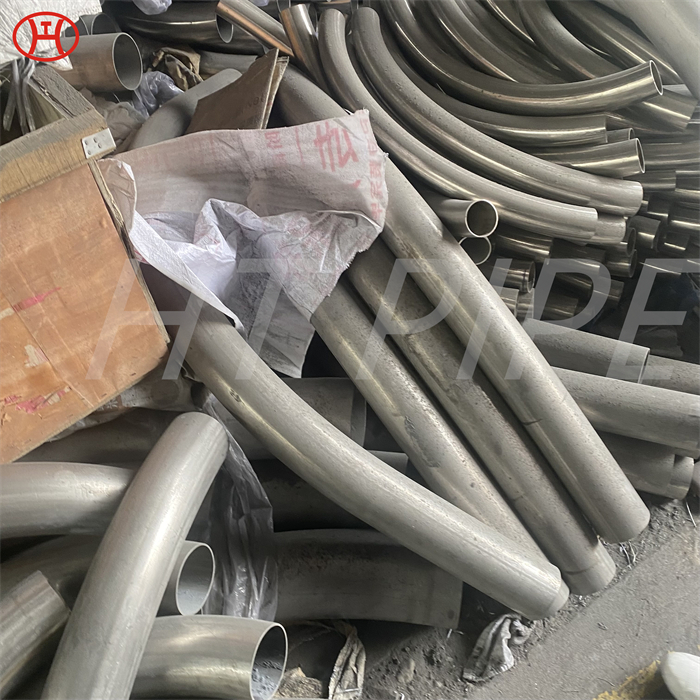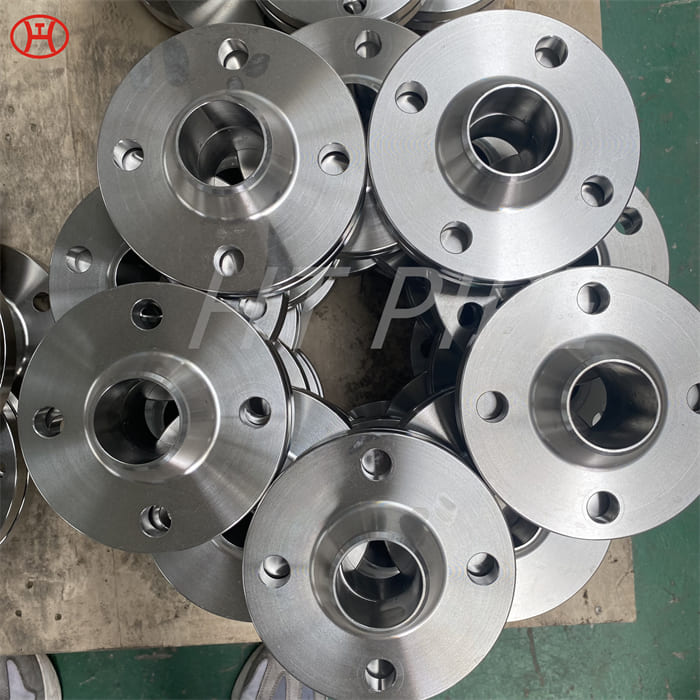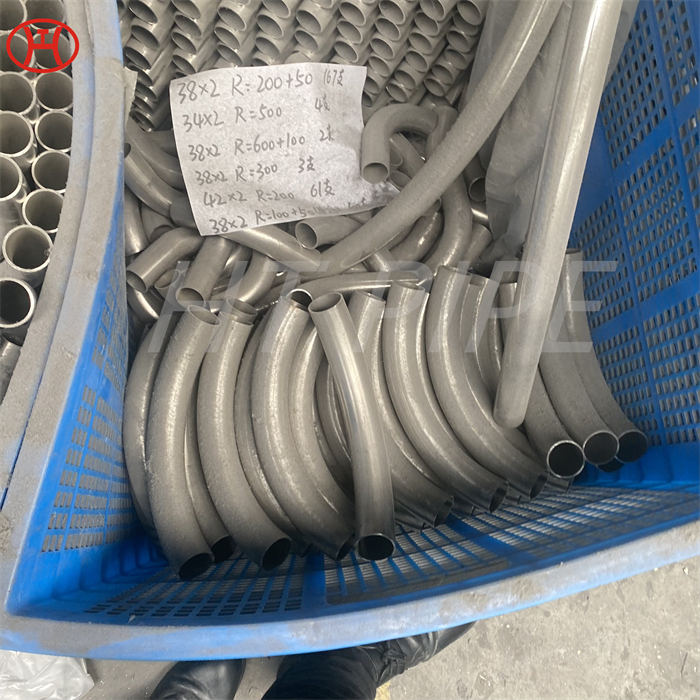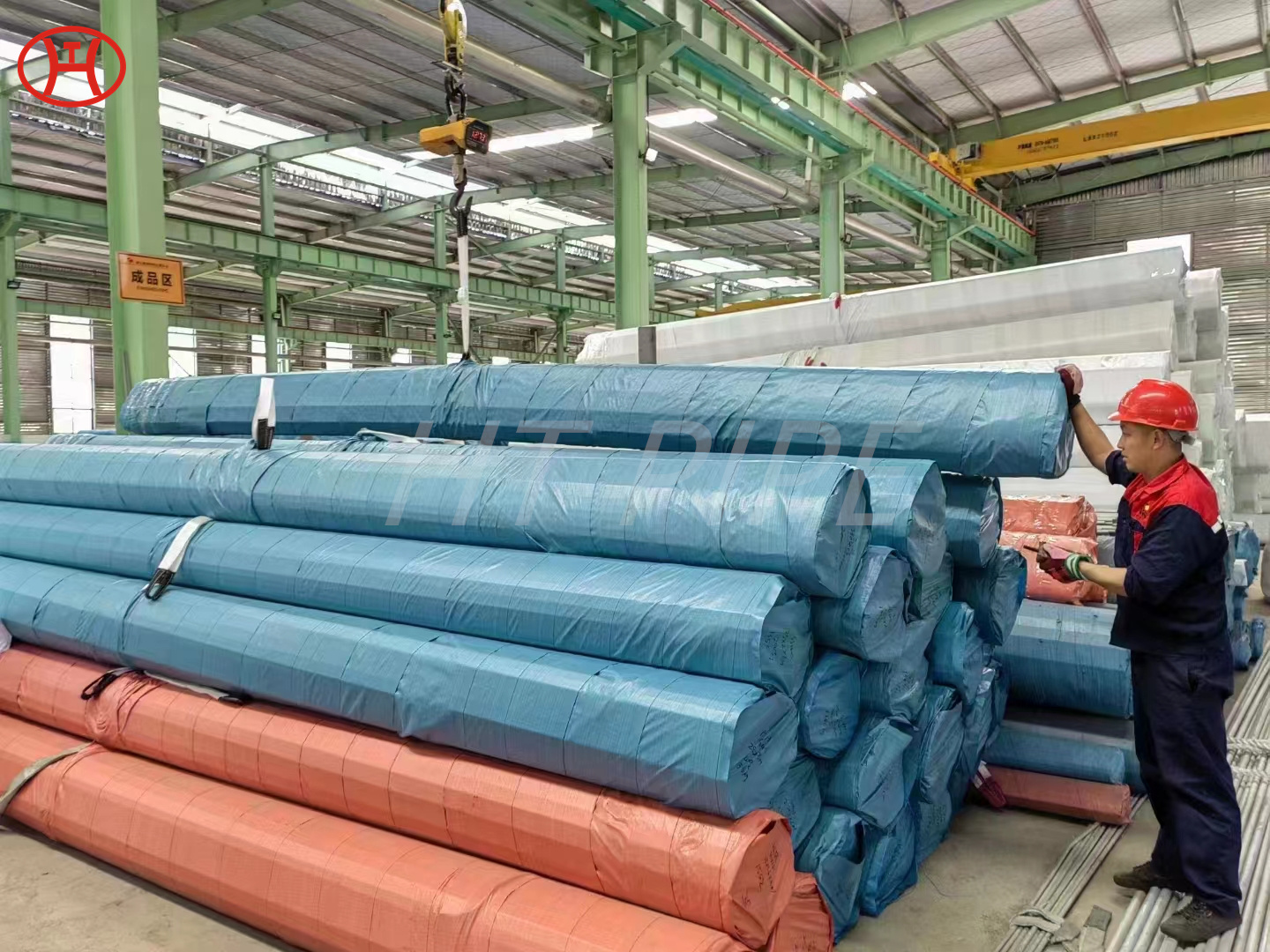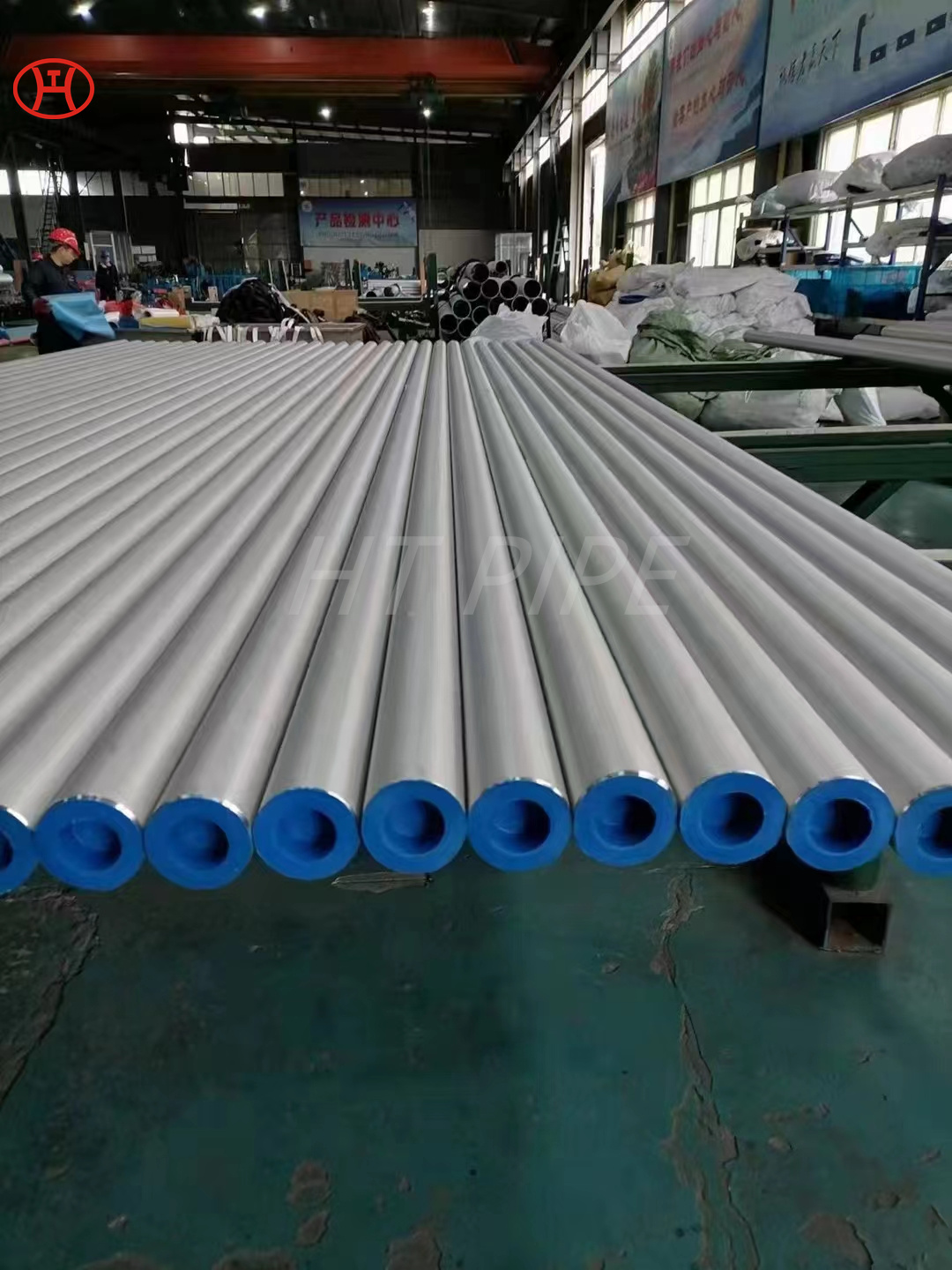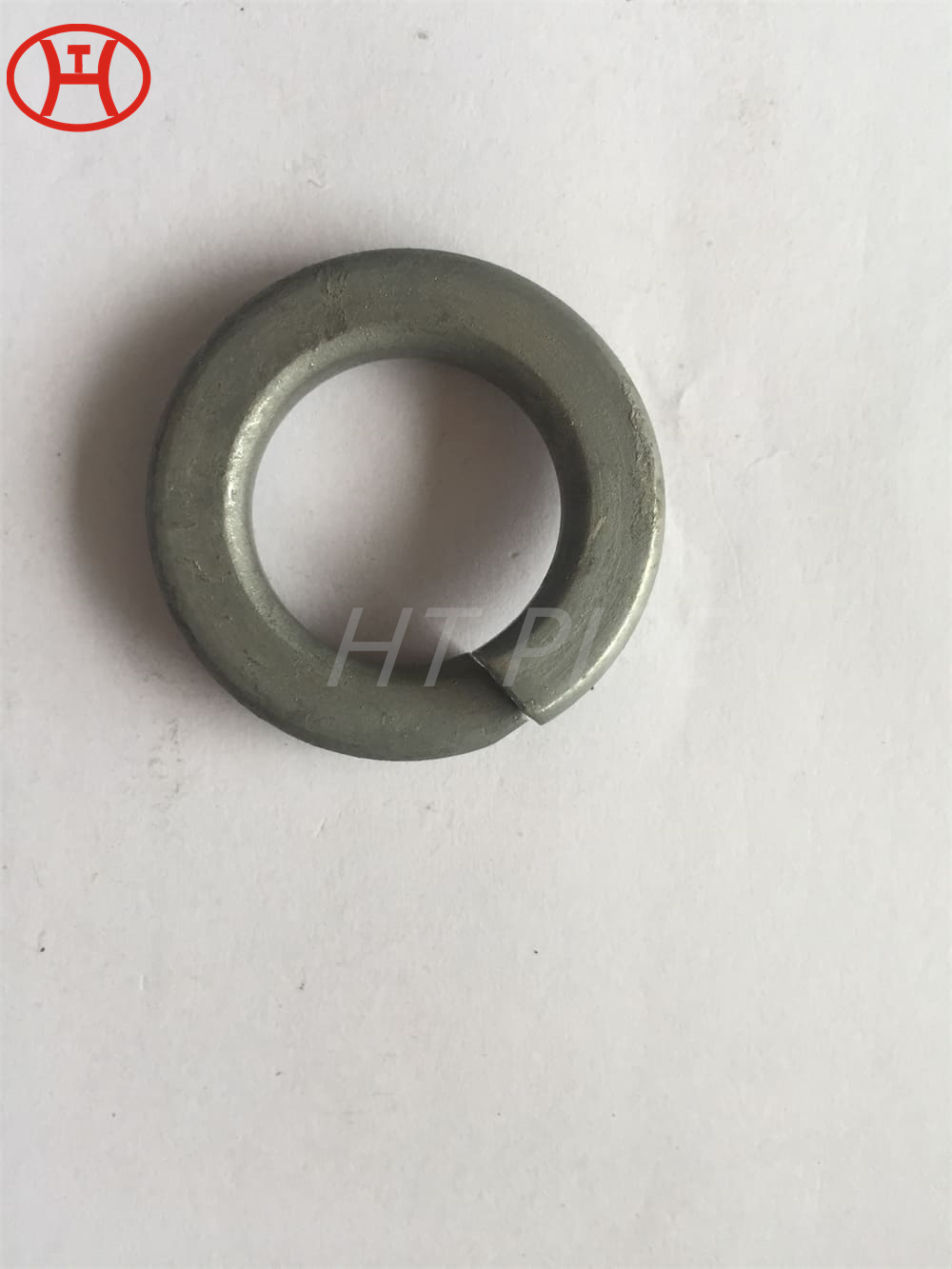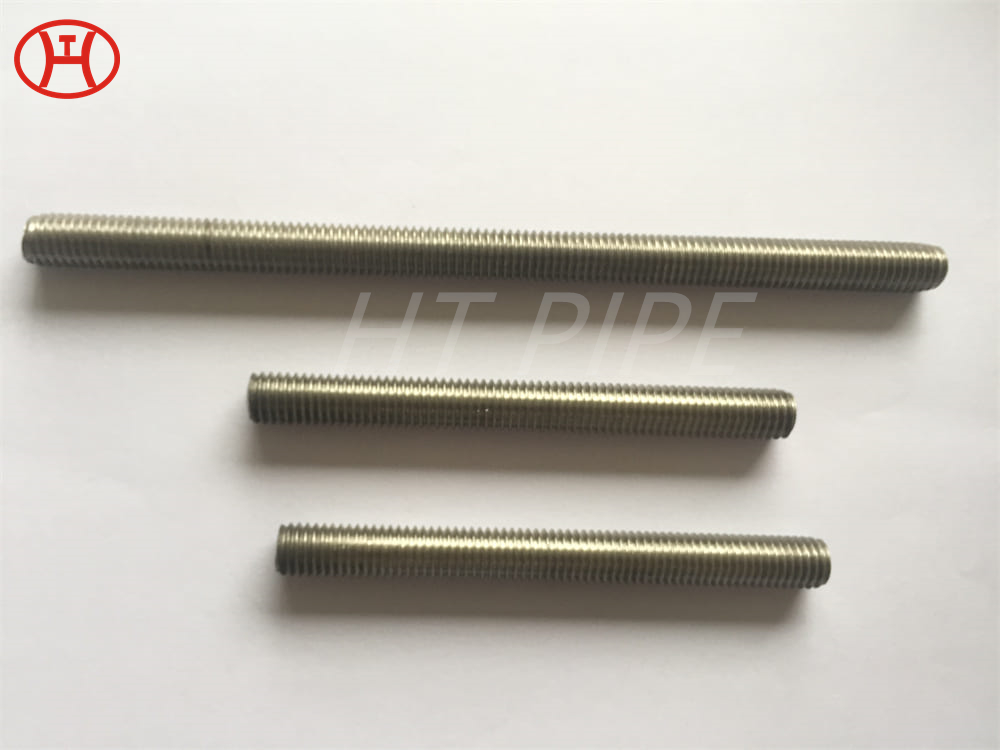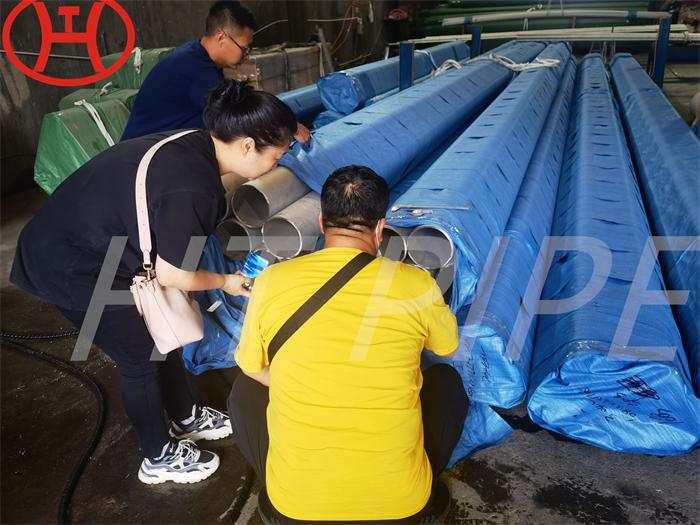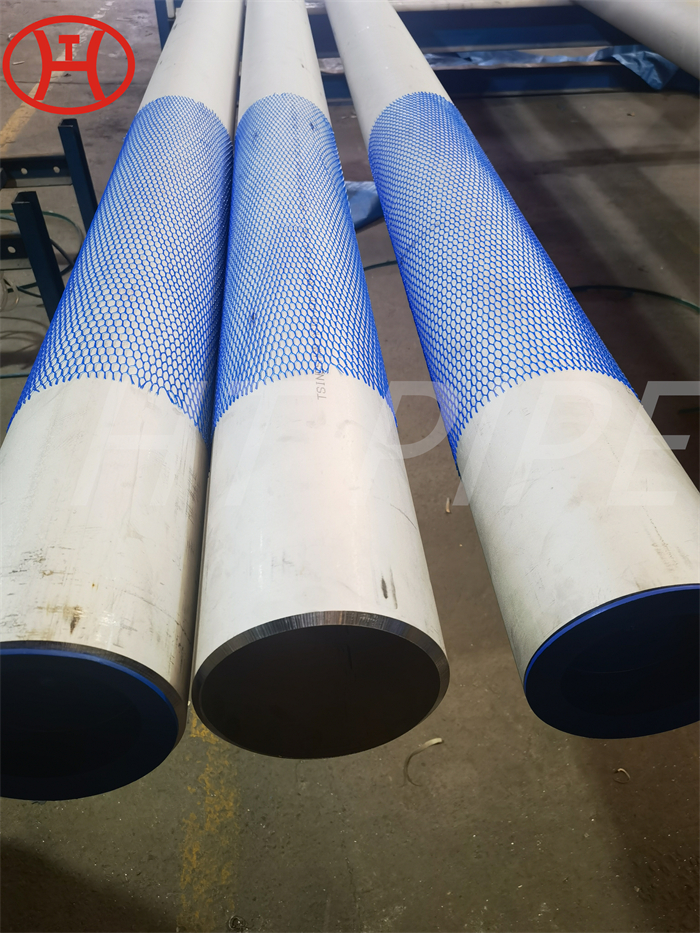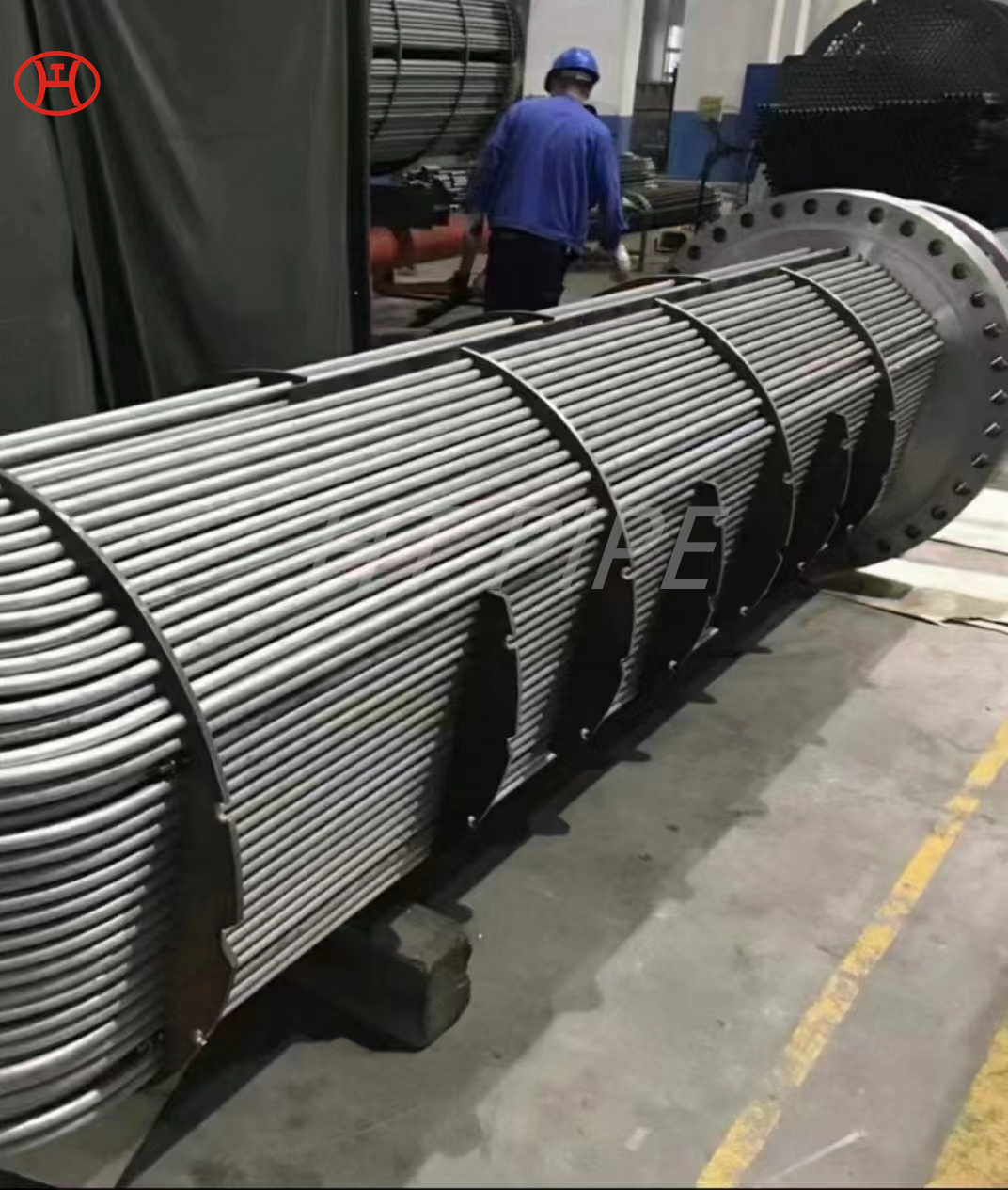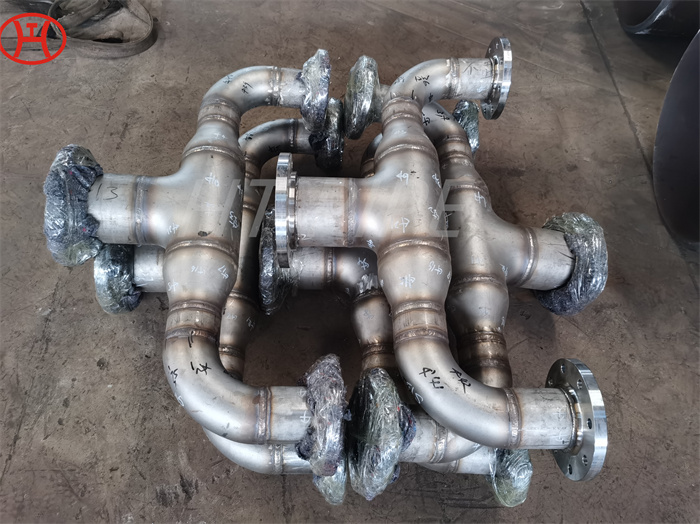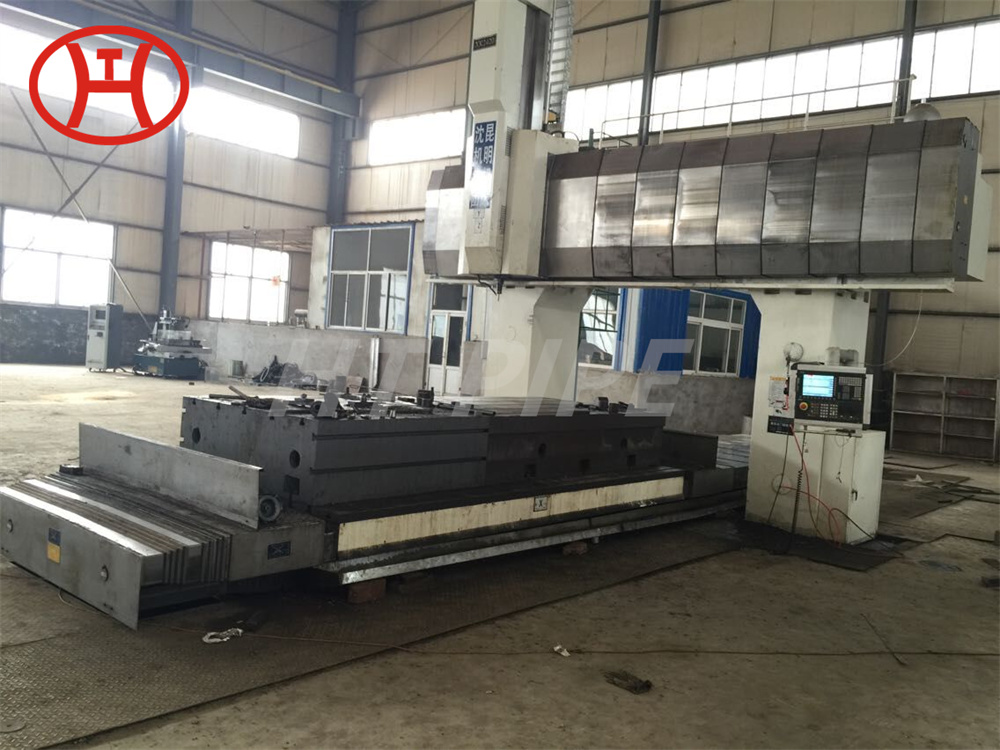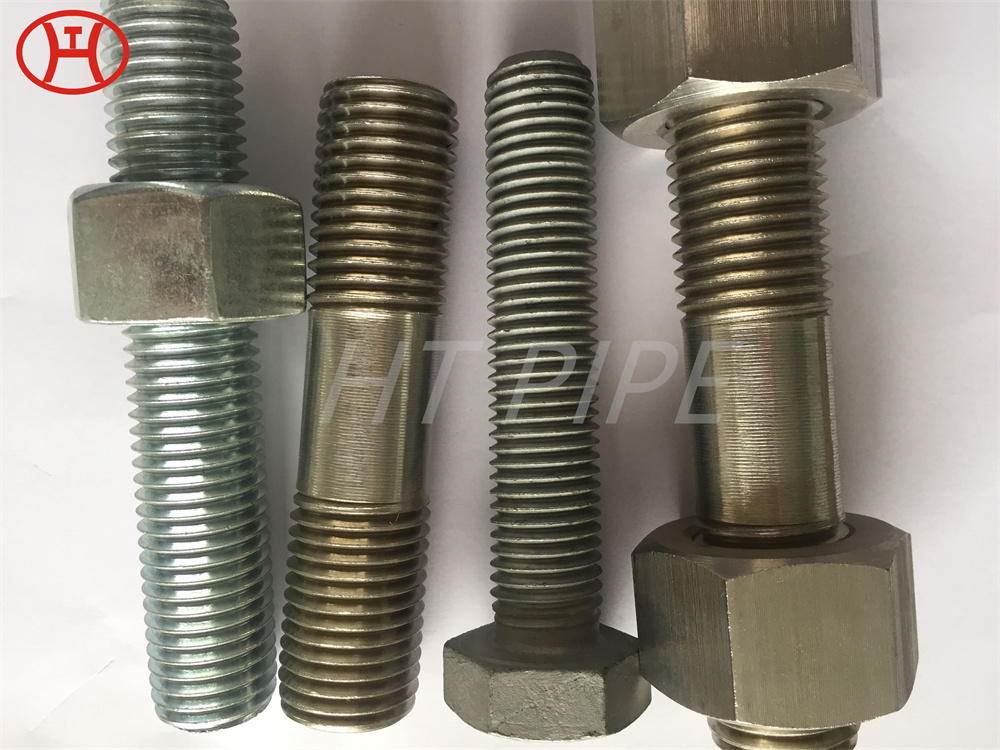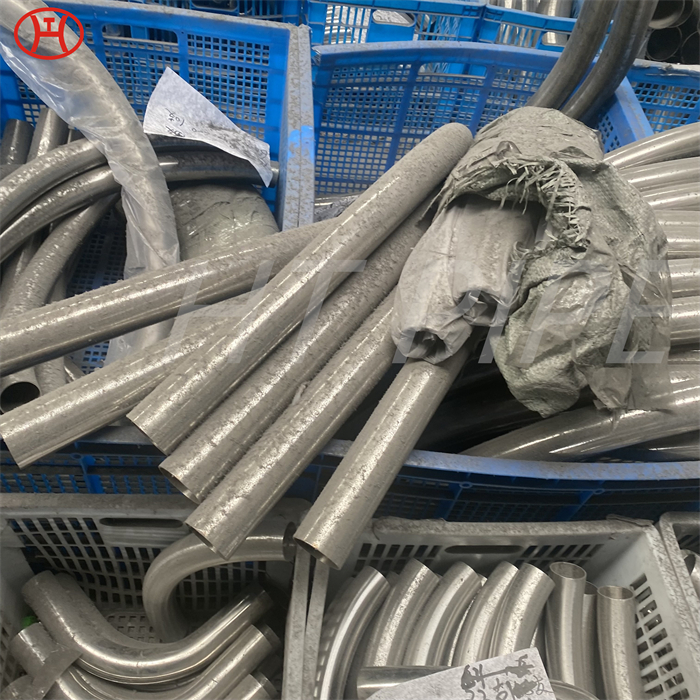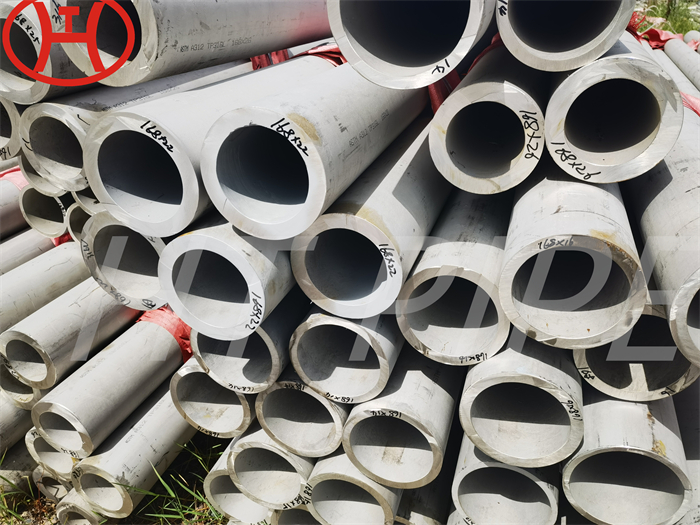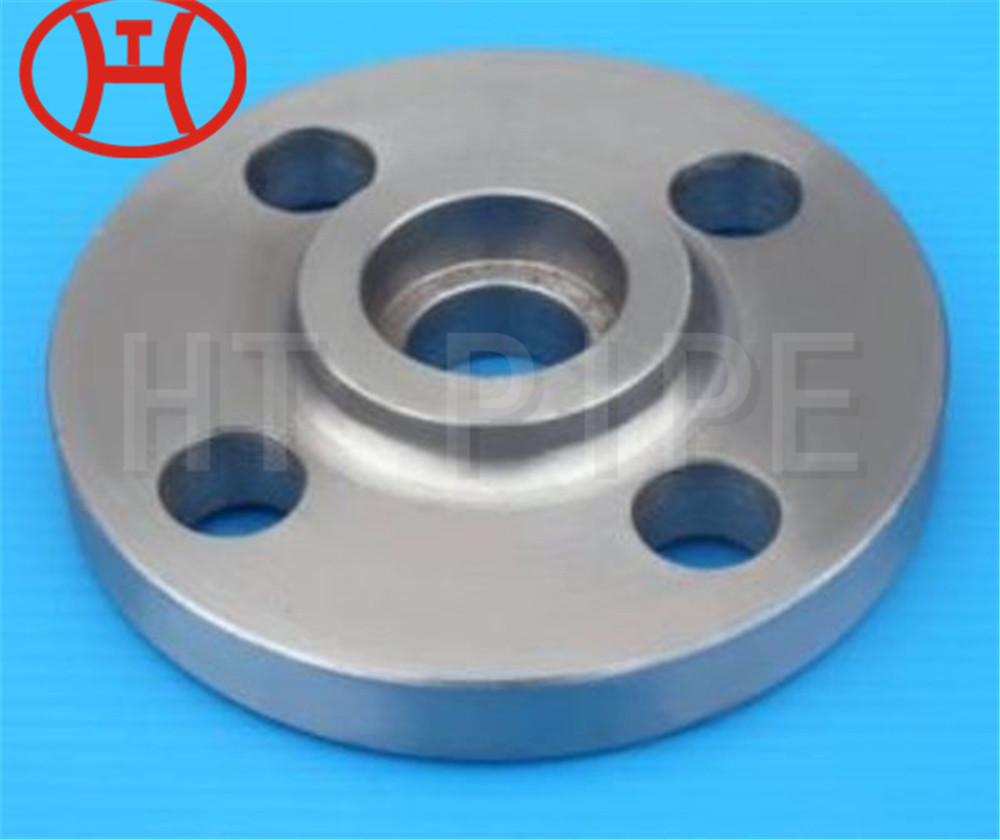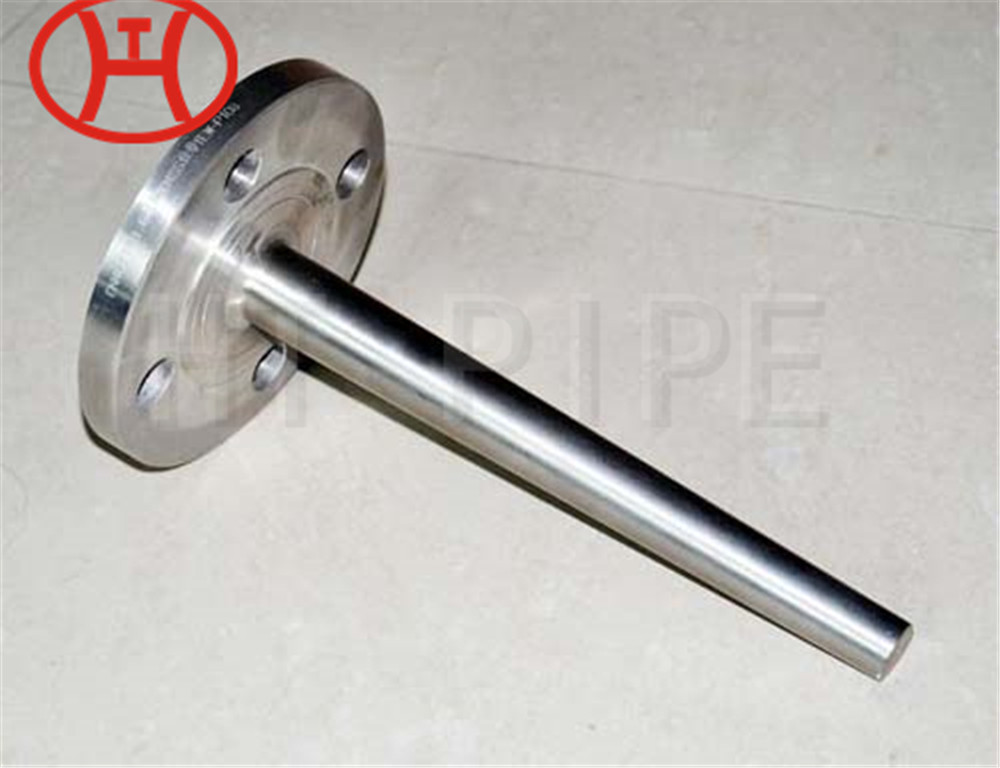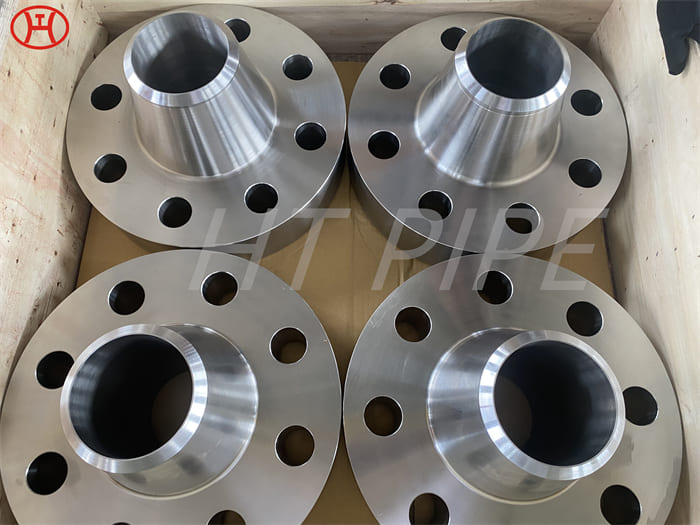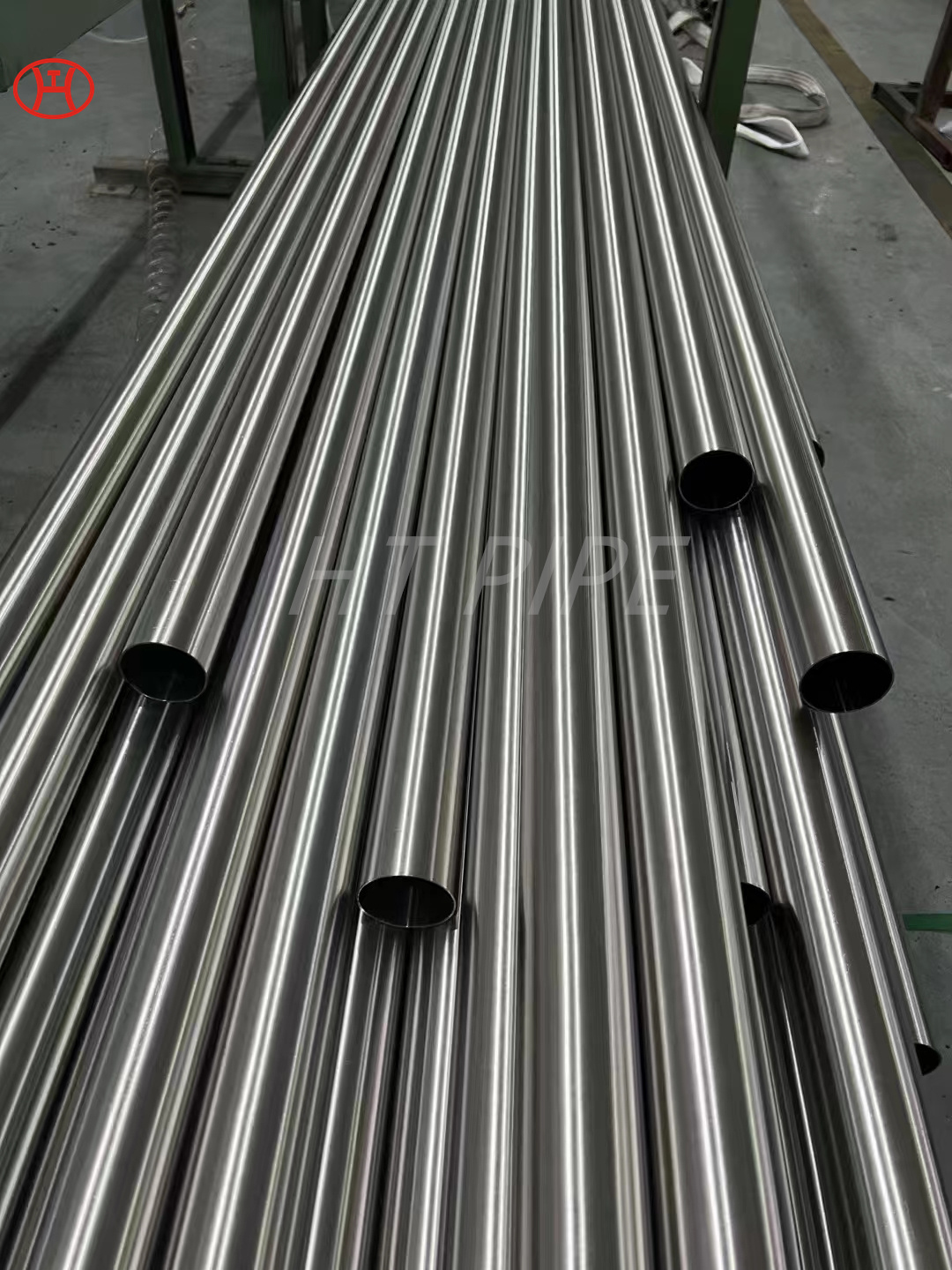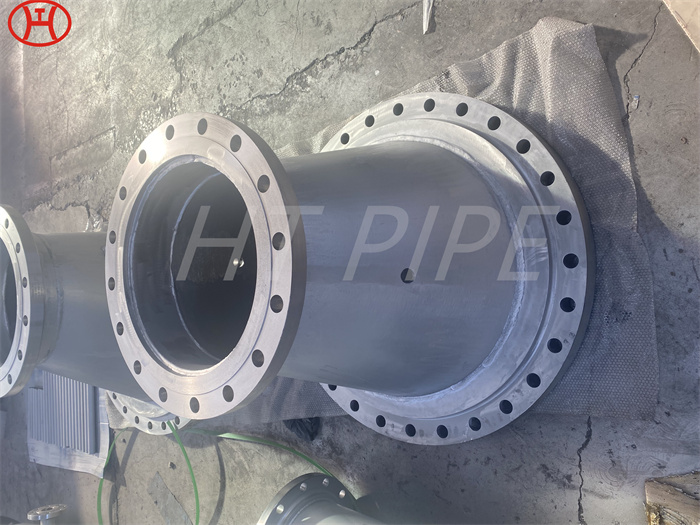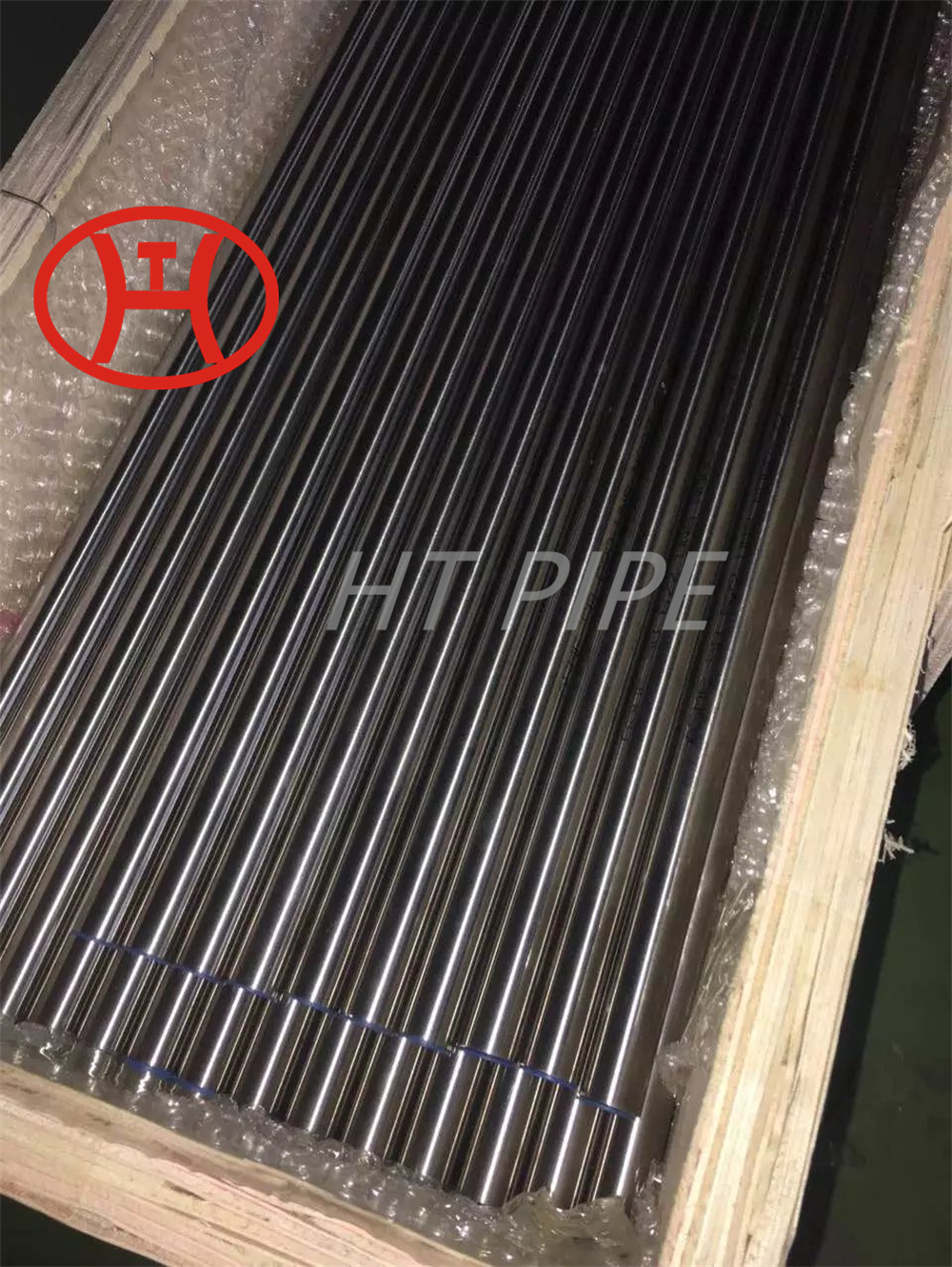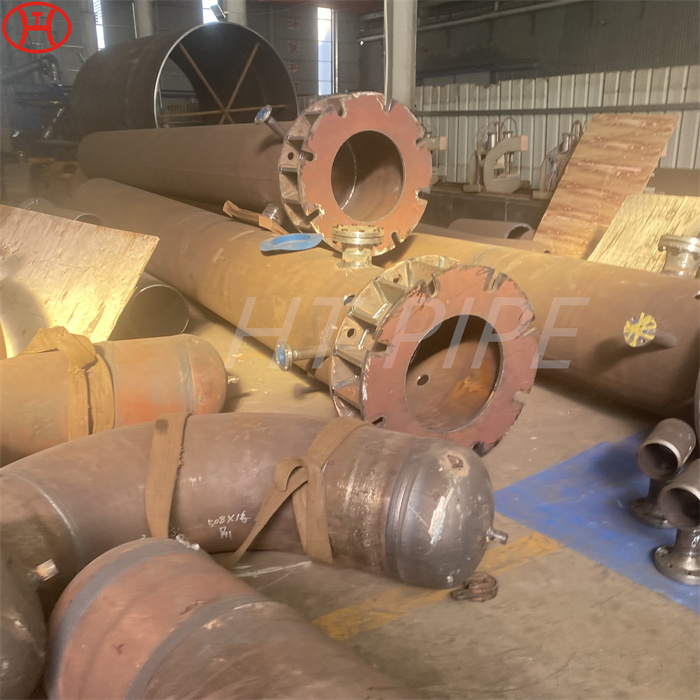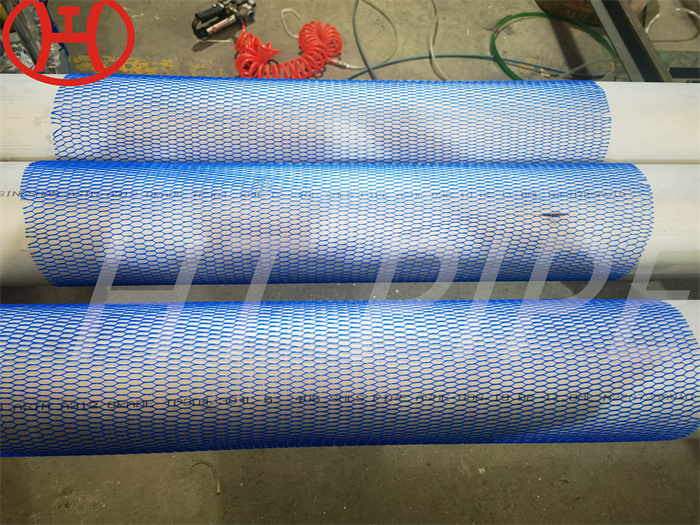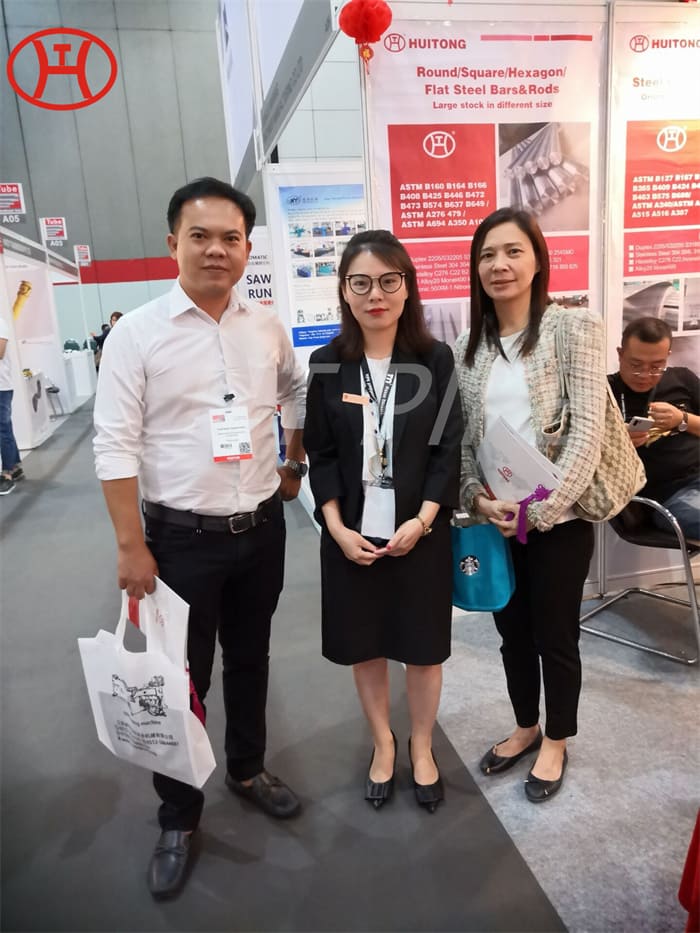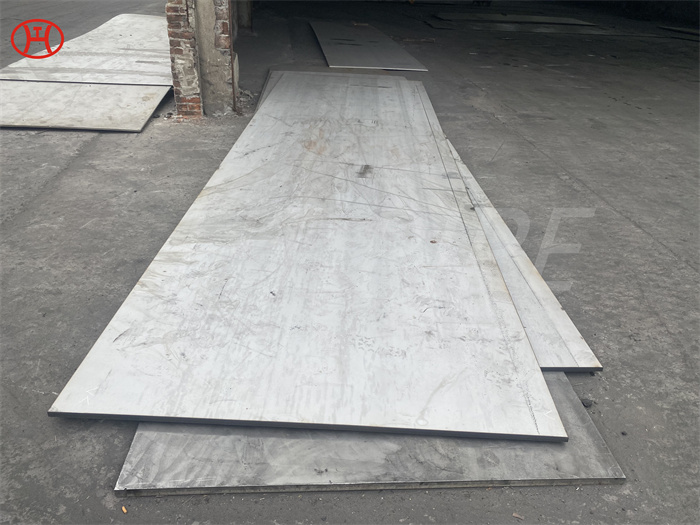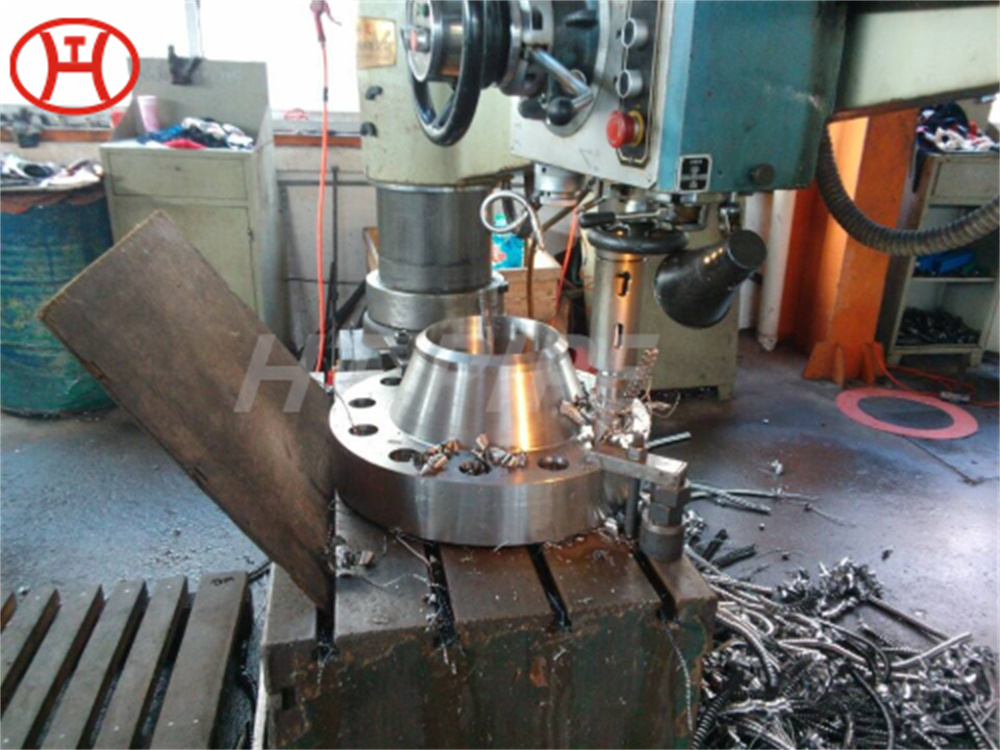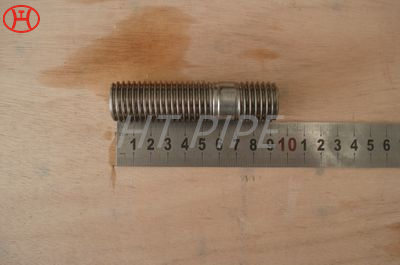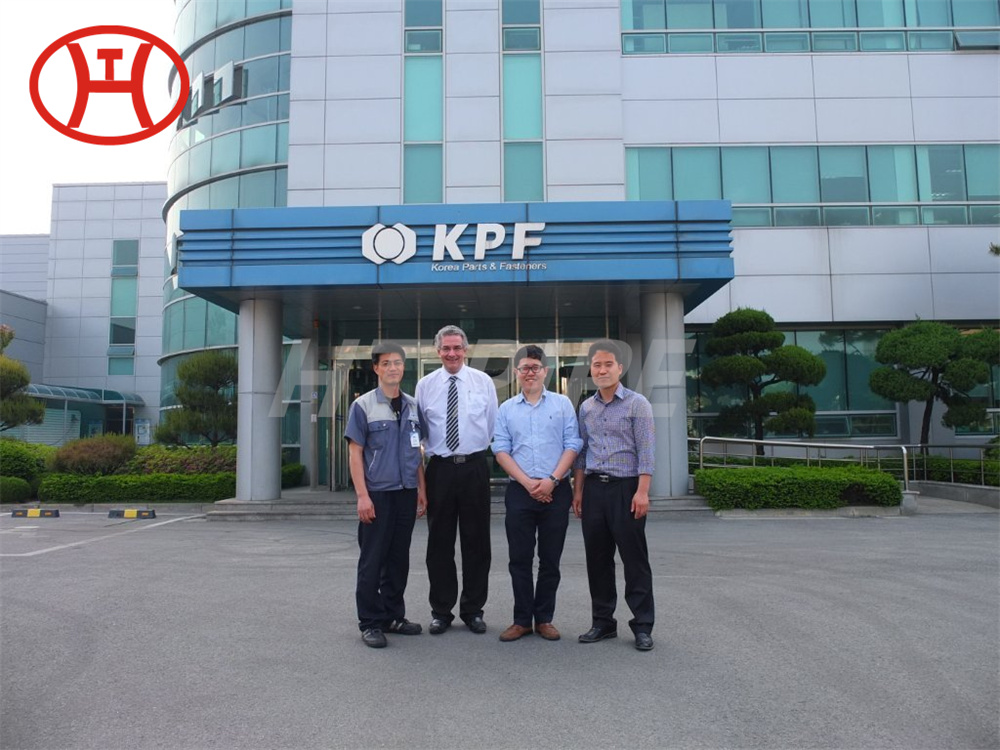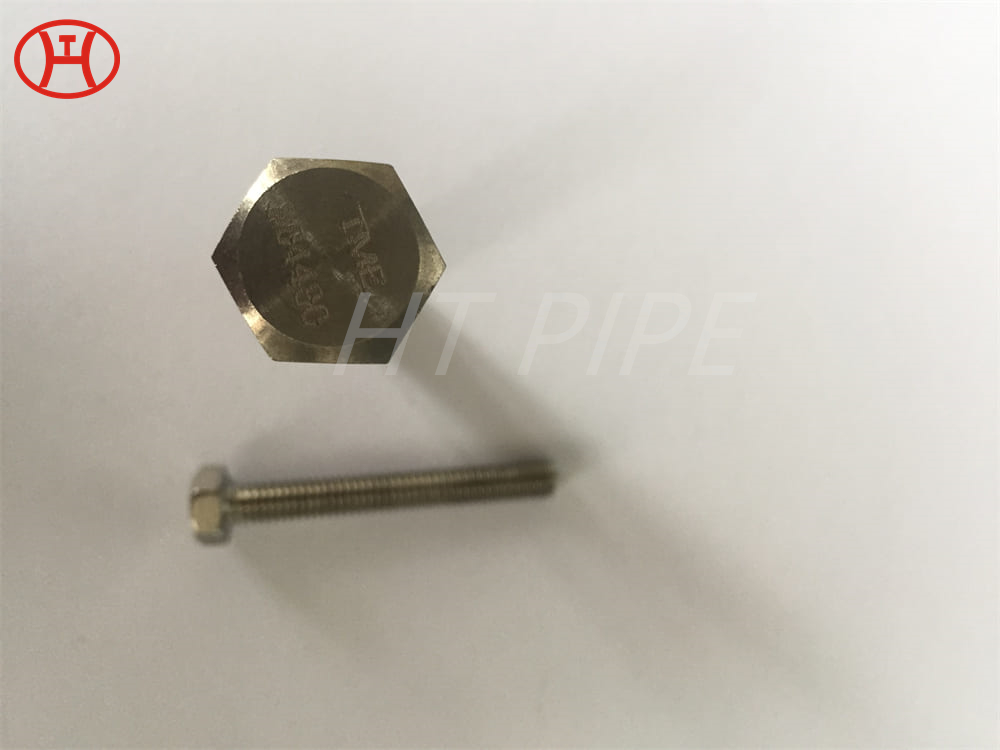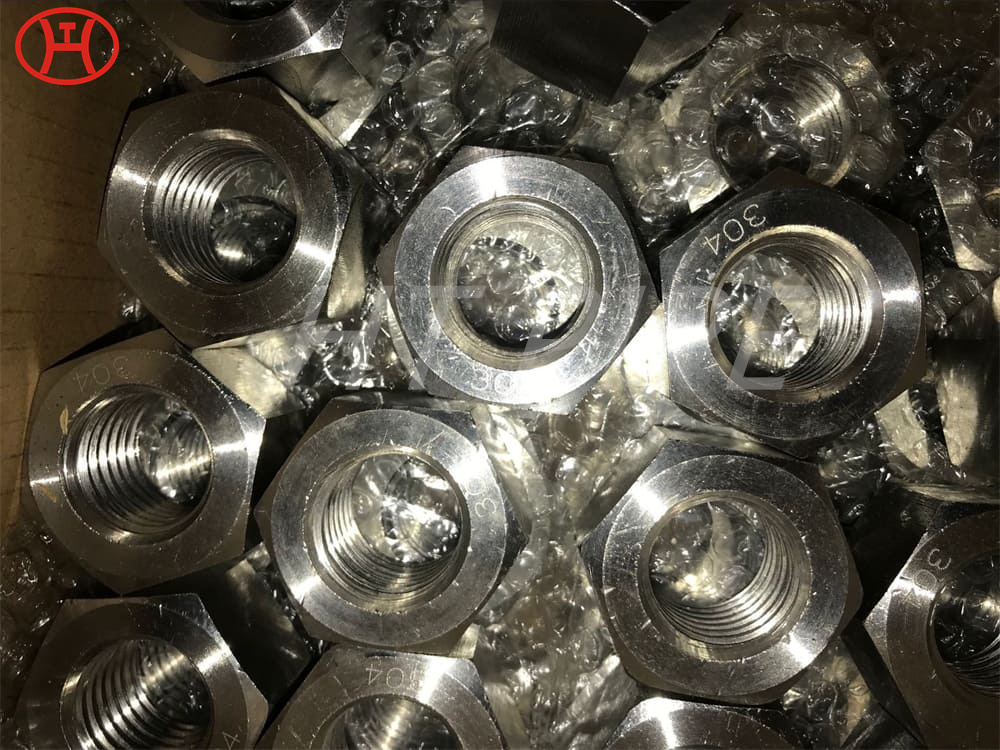Nickel alloy pipe fittings cap ASTM B366 nickel alloy cap
A butt weld pipe fitting is designed to be welded on site at its end(s) to connect pipe(s) together and allow change in direction or pipe diameter, or branching or ending.
This fitting then becomes part of a system for transporting fluids (oil, gas, steam, chemicals, …) in a safe and efficient manner, over short or long distances.
Pipe Sizes & Weights
There are various butt weld cap sizes and weights to choose from. Our pipe sizes and weights chart will show all available size options.
Standard Specifications
Butt weld caps meet the ASTM A403 standard specification with dimensional tolerances in accordance with MSS SP-43 for schedules 5s and 10s, and with ANSI B16.9 for schedules heavier than 10s. View the standard specifications chart.
Stainless Steel Grades
Buttweld caps are readily available in 304 stainless and 316 stainless steel from Shaw Stainless & Alloy. View other various grades of stainless steel.
Reference Catalog
View thousands of stainless steel pipe and tubing products and various services Shaw Stainless offers. This Reference Catalog identifies stainless steel butt weld caps and other pipe fittings through specification charts and illustrations.
Theoretical Bursting Pressures
Here is a chart to review theoretical bursting pressures for various stainless steel pipe.

